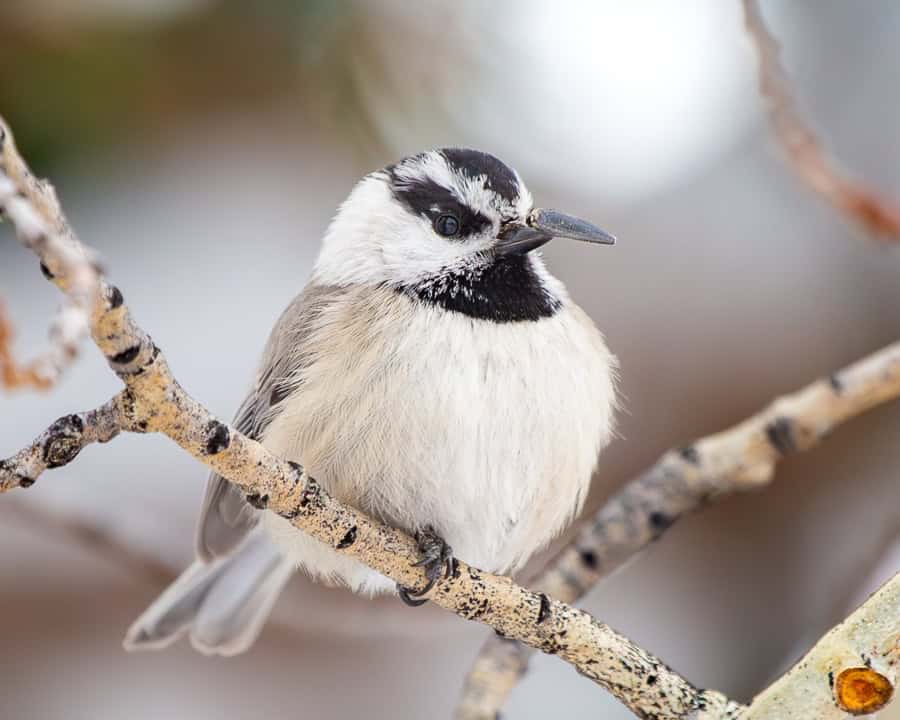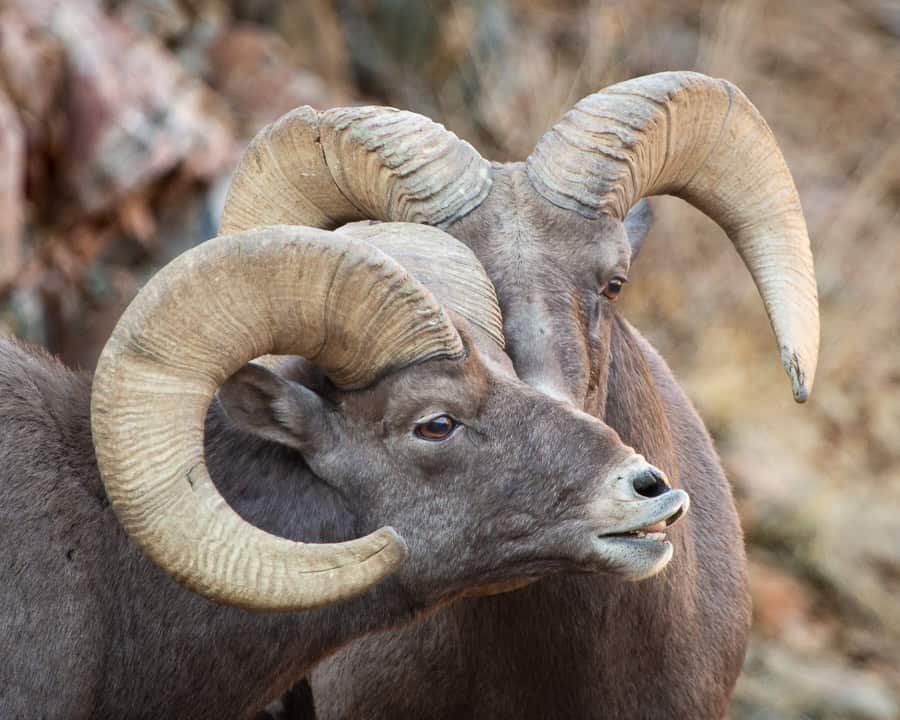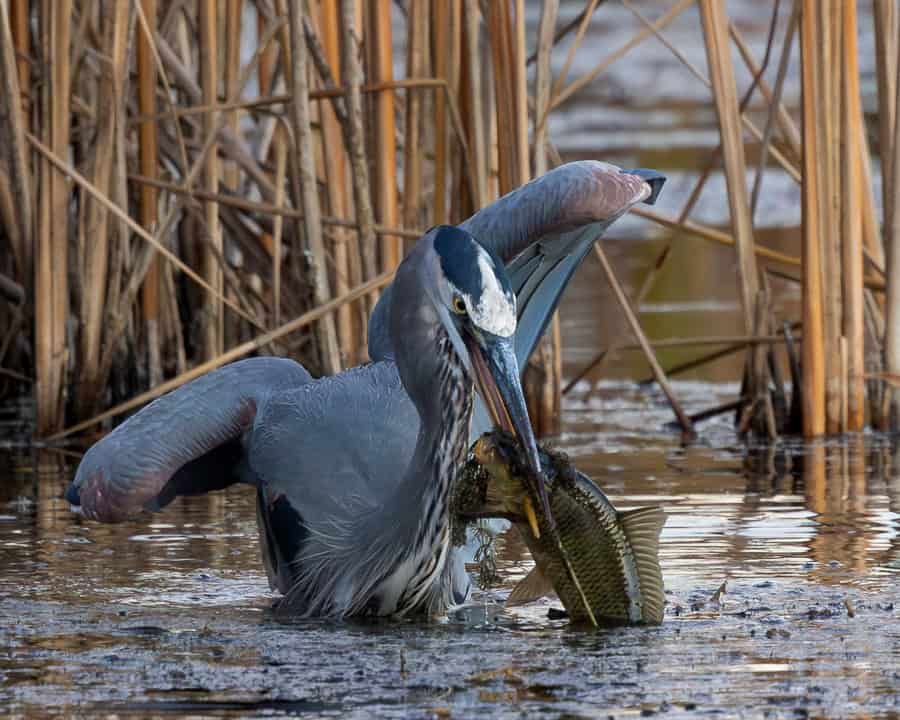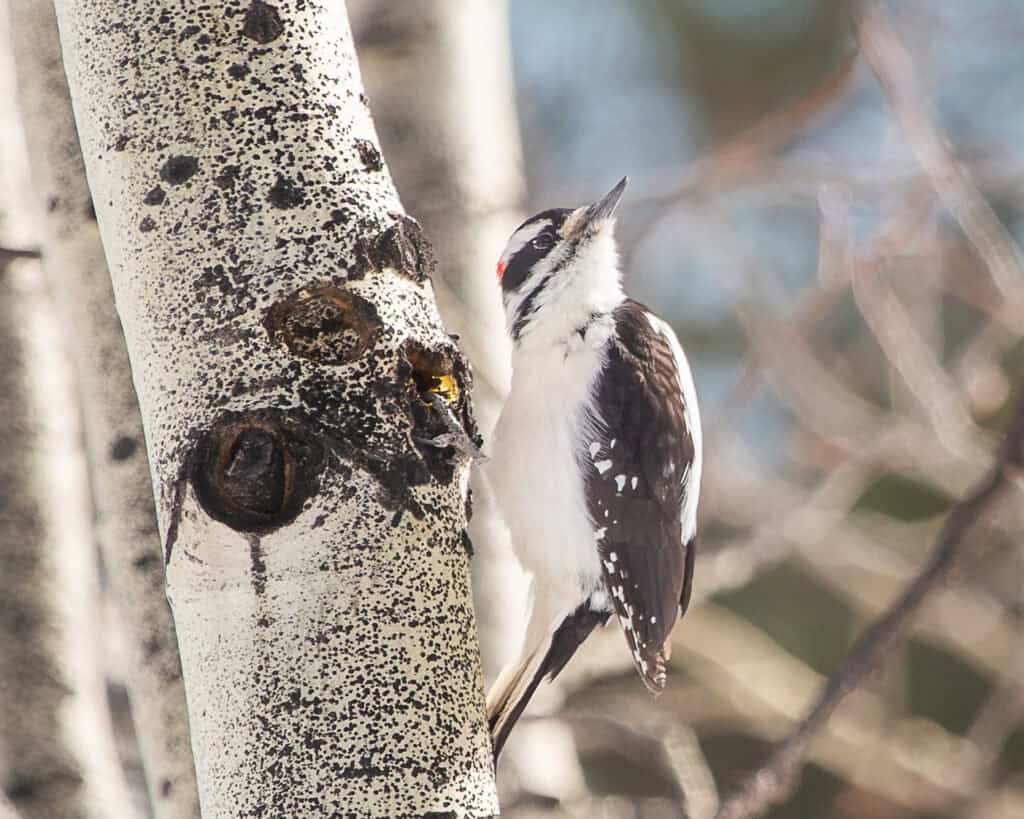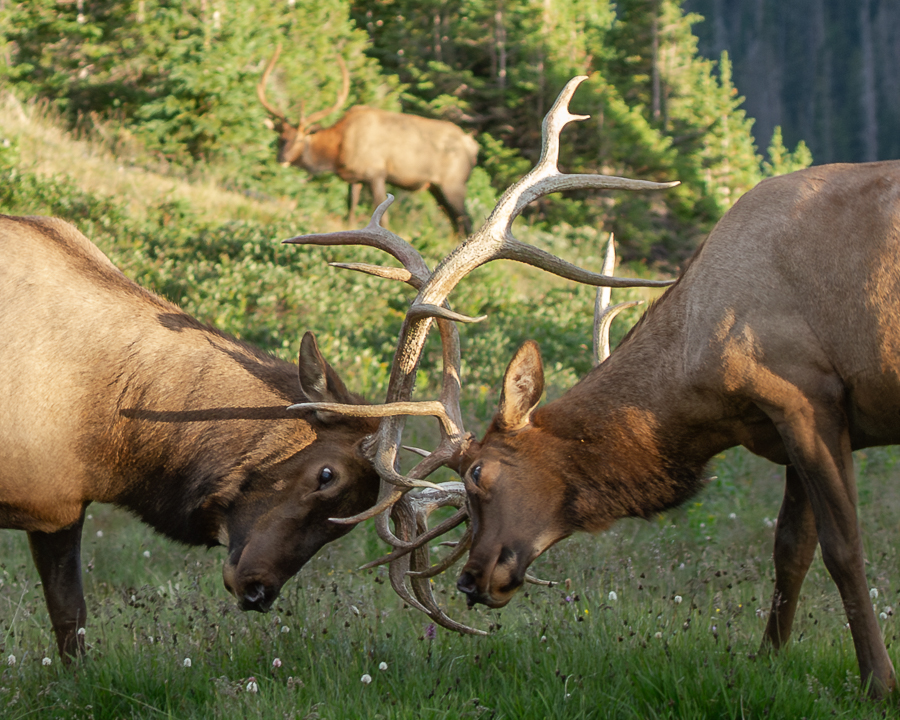This week’s article is for all the bird feeder fanatics out there and was inspired by a recent photo post on the internet socials of a gathering witnessed in the back yard. We are blessed with several birds that (mostly) call the region home all year long, but the Evening Grosbeak stands out as one of the most extraordinarily beautiful and colorful.
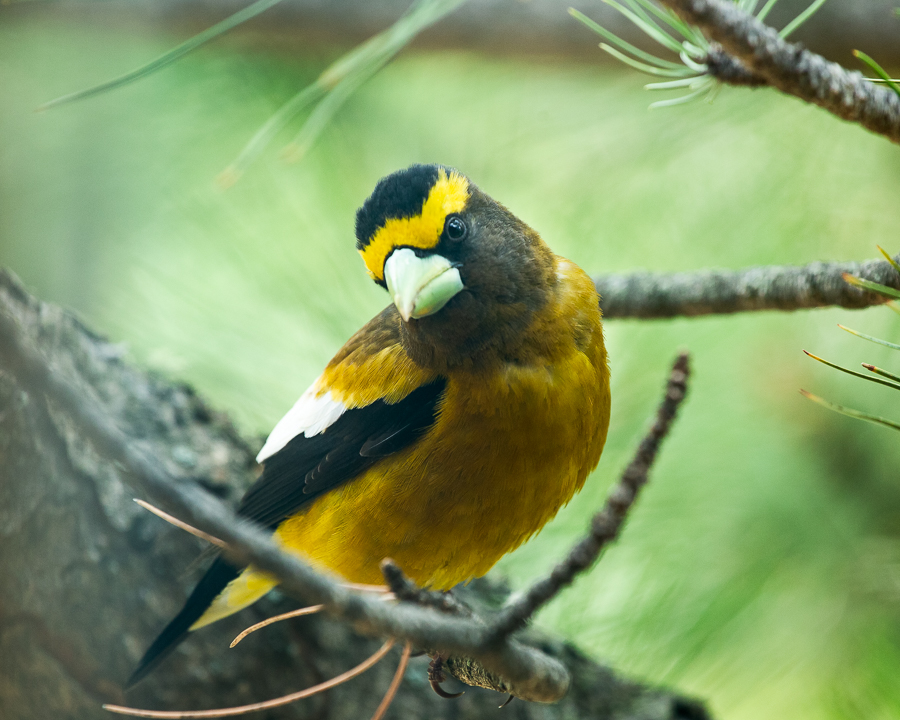
The name Grosbeak was first applied in the late 17th century as a rough translation from the French grosbec (gros meaning large, and bec meaning beak). The name was not applied for a specific species as much as it was simply a taxonomical name given to several seed-eating passerines with large beaks. All grosbeaks belong to the superfamily Passeroidea but are ultimately a subset group of various songbirds. Our Evening version of this descriptive name is a larger member of the finch family.
The Evening Grosbeak comes in as one of the “heavy hitters” in the realms of using their large beaks for seed eating. They can break open seeds and pits that require up to 125lbs of force to open. One of their favorite foods is cherry pits. The birds love them so much that they will strip away and discard the fleshy fruit simply to access the pits. Using specialized “pads” in their beaks, they firmly hold the slippery pits and crush them with ease. They love them so much that they have even been known to forage pits voided from the American Robin (a Poohserine?).
As mentioned above, these beautifully adorned creatures are songbirds, but Evening Grosbeaks are unique in that they don’t have a song at all. They communicate with various calls and chirps, but do not utilize the more complex vocalizations attributed to other songbirds. Their name is a misnomer, attributed to an early assumption that the birds only sang in the evening. Later observations found that their evening sounds were no different than calls made throughout the day, and that none of those vocalizations were ever organized into a more complex song. With Mardi Gras having just passed, I am inspired to see this bird as a flamboyant Jazz Man who sadly can’t carry a tune, a poetic irony of nature.
While we can enjoy these birds year-round, they tend to spend most of their life further north in their breeding grounds of more northern U.S. Rockies and much of Canada. The species is considered an irregular migrator, only leaving their homes if the cone crops look to be scarce in the coniferous forests. In the fall, if the food source is diminished, they will “irrupt”, heading much further south than their usual patterns, sometimes as far south as parts of Mexico. This has typically been a 2–3-year pattern but seems to be becoming less frequent as their numbers in general are diminishing.
While Evening Grosbeaks are not listed as an endangered species in any way, and are still considered prolific and widespread, it is estimated that their numbers have declined by as much as 74% over the last 50+ years. Partners In Flight, an avian conservation assessment database, claims the global number is estimated at an approximate 3.8 million-bird breeding population and they are rated at a 13 out of 20 on the Continental Concern Score. This puts the bird in the status of being on their Yellow Watch List for species that require long-term care and observation to prevent further decline in numbers.
The bird’s “irruptive” migratory patterns make for challenging estimates in population numbers. Studies show not only a decrease in numbers, but also a contracting range of habitats. They were considered quite rare in the eastern regions of North America until the mid-19th century, but their numbers grew well into the 1970’s and ‘80’s. That range is now receding likely due to a combination of human logging and development, an increase in disease outbreaks, and a diminishing population of food worms and insects attributed to increased arial spraying in Canada and the U.S.
If you’re looking to attract these beautiful birds to your own backyard, they tend to enjoy flat, open-tray feeders. A hardy supply of black sunflower seeds will likely be appreciated but they will also take advantage of any other small seeds available. If you enjoy the fruit, you can also provide a special treat by saving all your cherry pits for them. Just remember that the biggest attraction will be a visual aesthetic, as their song lives in the poetic metaphor of natural visual beauty, not in the intricate aural delights found with other birds.
https://flowerybranch.wbu.com/grosbeaks-fun-facts
https://www.allaboutbirds.org/guide/Evening_Grosbeak
https://en.wikipedia.org/wiki/Grosbeak
Originally published in The Mountain-Ear

